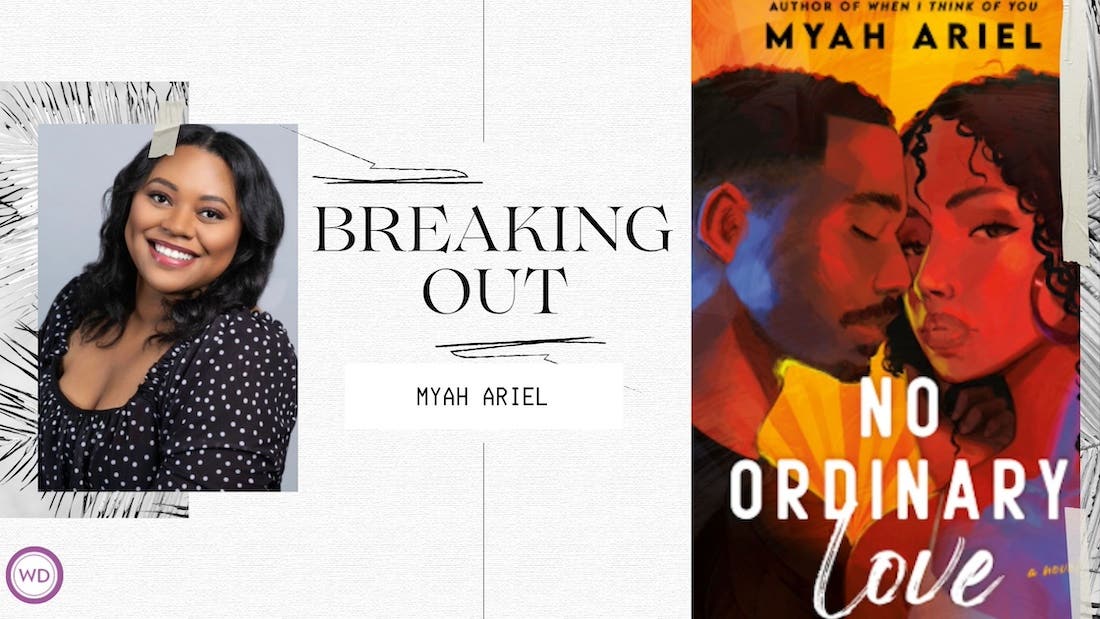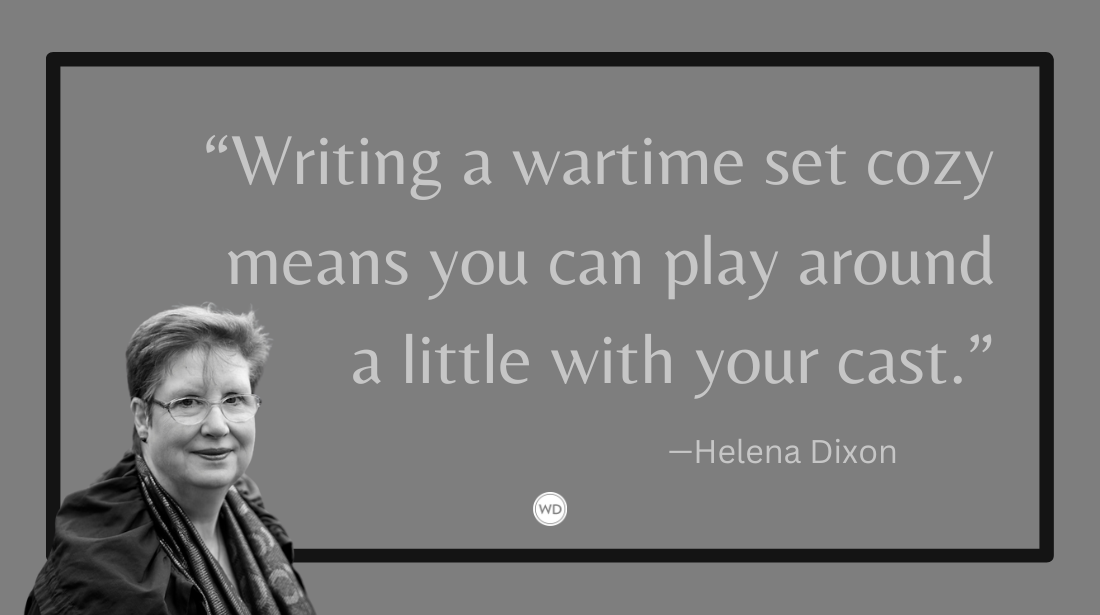7 Tips on How to Write Middle Grade Horror
Novelist Ty Drago, author of The Undertakers series of MG horror, shares his seven tips on how to write middle grade horror that will excite and enthrall young readers from the first scare to the last.
I scare children for a living.
As the author of a middle grade horror series, my job is to deliver stories that frighten and thrill my readers. Those readers tend to range in age from 10 to 14, which makes delivering on that task more difficult than you might imagine.
My readership is growing up in the age when video games are rife with monsters and violence, when YouTube offers limitless access to scary independent films and, of course, when “The Walking Dead” is the number one show on television. So, if I want to inspire some good old fashioned fright in my fans, I need to do more than yell “Boo!”
Here, then, are seven tips for scaring the pants off of young readers:
1) Pick the right villain
Any horror story is only as good as its bad guy. When writing adult horror, it's prudent, when appropriate, to add a dash of humanity to one's serial killer, vampire, succubus, etc. We do this to give the character depth. But in children's fiction, that rule goes out the window. Even if your villain is a human, he or she must still be a monster. They should be savage and pitiless.
Your bad guy needs to take delight in their misdeeds, cherish each moment of the suffering they cause. And if he or she is inhuman, then let them revel in their inhumanity. Let them be the absolute worst that they can be—then throw in a little more awful, just for the fun of it.
2) Start on page one
In children's fiction, the old writer's axiom, “start the story where it starts,” is at its most vital. Kids, even avid readers, expect a book to grab them from page one. They have a harder time immersing themselves in a plot with a gradual build. If your story is about an alien invasion, open with that. If your story centers around demonic slayings, begin with the first of them. Whoever—or whatever—your villain is, let's meet him, or at least glimpse him, right up front.
So here's a new axiom: “The first scare should be on the first page.”
3) Find a new slant
Say what you will about sparkly vampires, they worked.
Even the villain you tout is one of the classics, your young readers will still expect to see something they haven't before. Be it a two-headed werewolf, a mummy who can wrap up its victims in bandages and turn them into mummies, or a vampire clown (kind of like that last one!), your bad guy has to bring something original to the table.
I can't tell you how many times I've asked at a school visit, “Do we need another vampire book?” and received a resounding “No!” I wonder how they'd feel about the clown?
4) Ebb and flow
Non-stop action worked for Indiana Jones, but it's tiring in print. Even the most gripping horror story needs to allow its readers to take a breath. This is especially true in children's fiction, where the attention span can sometimes be—abbreviated. Keep your chapters short, your scares solid, but use the gaps between the scares to build characterization, establish mood and voice, and let your reader's heart rate steady.
Then: At 'em again!
5) Use the “Pop Out”
I know: It's considered cheap in a horror movie. The terrified heroine standing before a mirror and, suddenly, the demon's face is at her shoulder. The violins slash a discordant chord as she spins around, to only find nothing there. But in fiction, the Pop Out can actually prove quite effective.
The trick lies in how you spin it. When writing such moments, keep the paragraphs small and the sentences short. Don't over-describe the scene; allow your reader's imagination do the work.
So let those purple dead hands reach out from a hole in the floorboards to seize an ankle or two, let those red eyes shine in the window, and never hesitate to have something drop out of a tree or lunge from under the bed.
6) Use the “Slow Dread”
Pop Outs are great. But they don't tell a horror story. For that, you need the right mood, the perfect edge, the slow dread. Even when no immediate danger threatens your heroes, the whisper of it must always be there. I usually establish this subtle undertone of menace by getting inside my character's head, letting my reader share their apprehension, their fear of what might be around the next corner, or what may happen when the sun goes down.
Just remember to “show” and not “tell.” Never inform the reader, not even in children's fiction. Instead, let them use what the characters see, hear, smell, and feel to inform themselves.
7) Mind your happy endings
We're living in an age of ambiguity, at least where endings are concerned. In fiction, as in life, endings are rarely completely happy. Young readers tend to be skeptical of a conclusion that ties everything up in a neat bow. Heroes can ride off into the sunset, but there should be an edge to their triumph—the death of a friend perhaps, or a broken promise, or simply the loss of innocence—that tempers their success.
This is not to say that evil should triumph. I'm a big believer in good winning the day every time. But victory should be tempered with sacrifice, and no hero, regardless of their tender age, should escape entirely unscathed.
To wrap things up, here's another axiom: “Never underestimate your reader.” Today's kids don't want to be coddled. They don't want you to hold back the frights. They don't fear nightmares, and they want to show the world that they can “take it.” So if horror is your genre, then horror should be your goal. Let your young readers tremble in the shadows and run for their lives.
After all, it's why they bought the book!
*****
Buy Ty Drago's The Undertakers: Secret of the Corpse Eater!
(Writer's Digest uses affiliate links.)
Ty Drago is the author of THE UNDERTAKERS: SECRET OF THE CORPSE EATER (the third book in his middle grade horror series). The book was praised by Publishers Weekly, while Booklist said the story was one that would "both disgust and delight readers . . . who will be clamoring for the continuation of the story." Ty has authored numerous sci-fi and horror books for kids. Connect with Ty on Twitter or Facebook.






